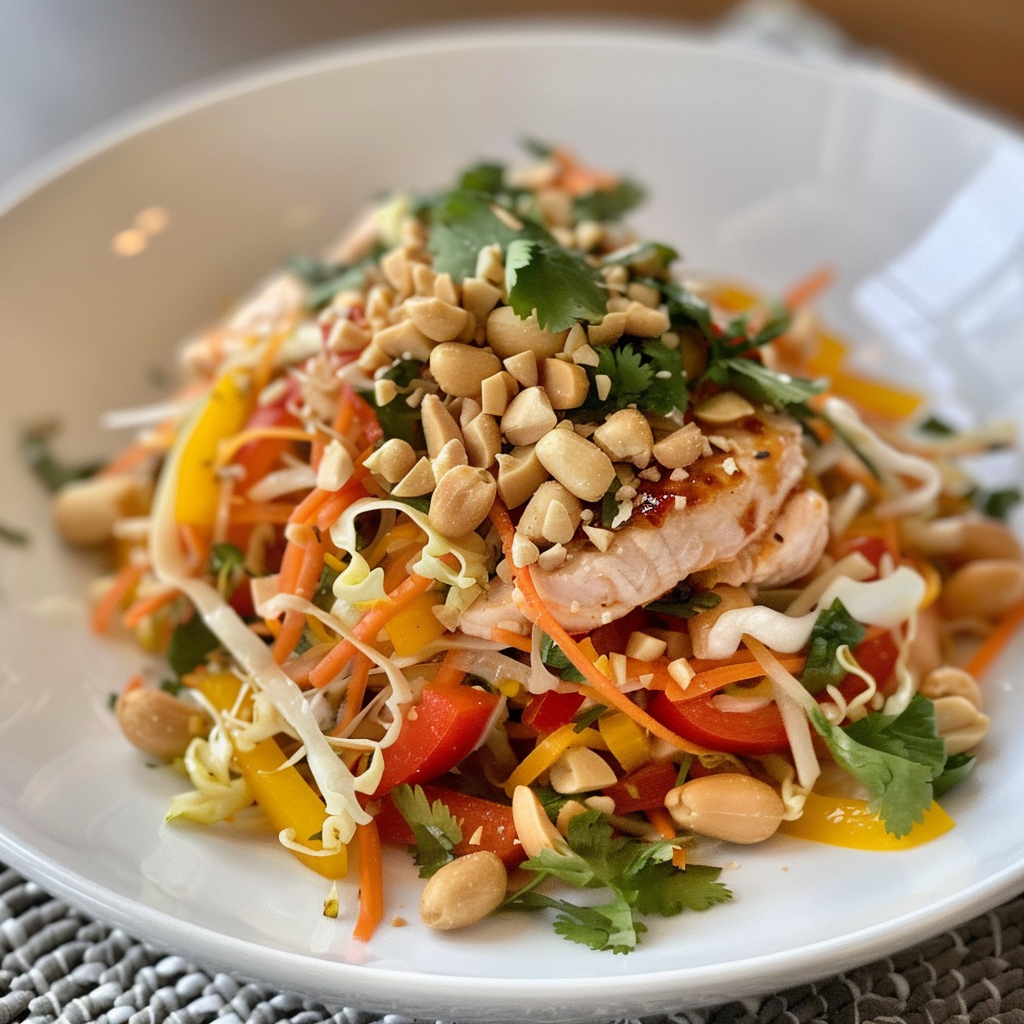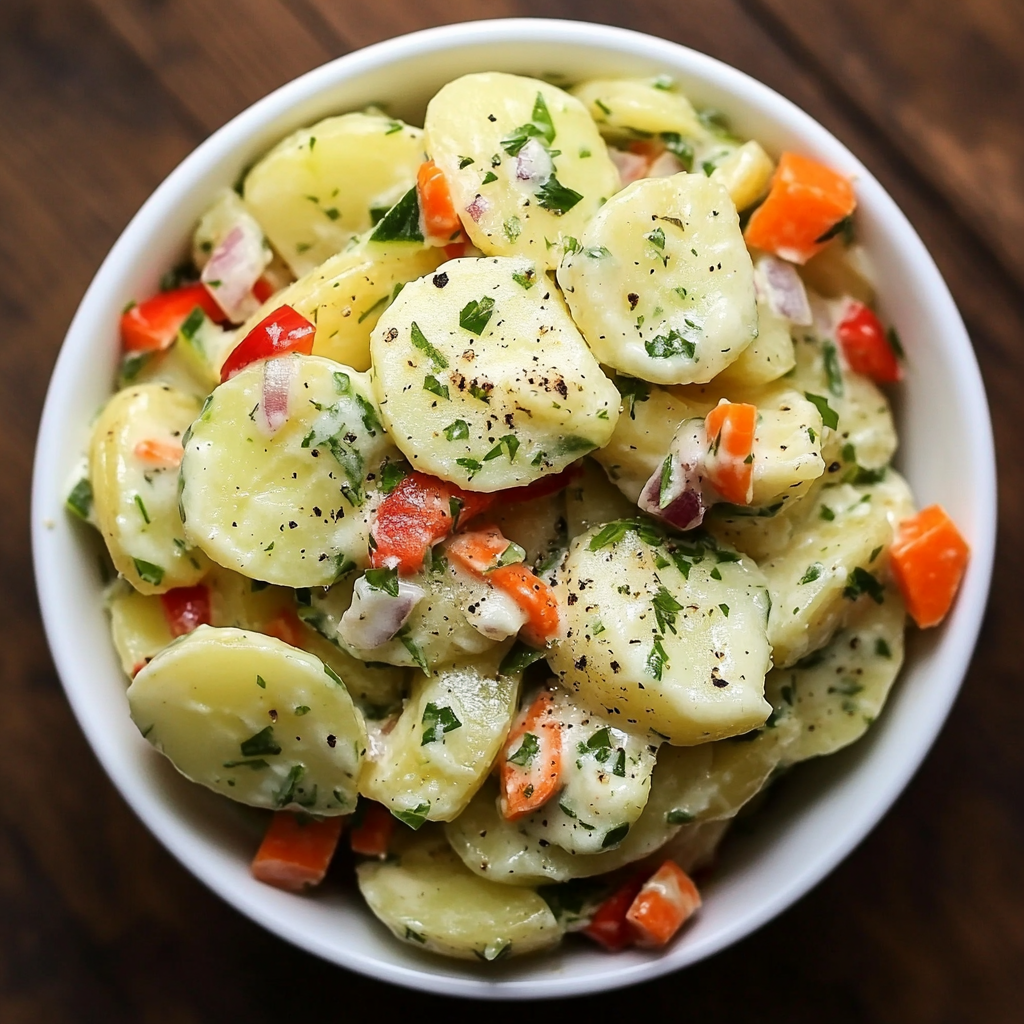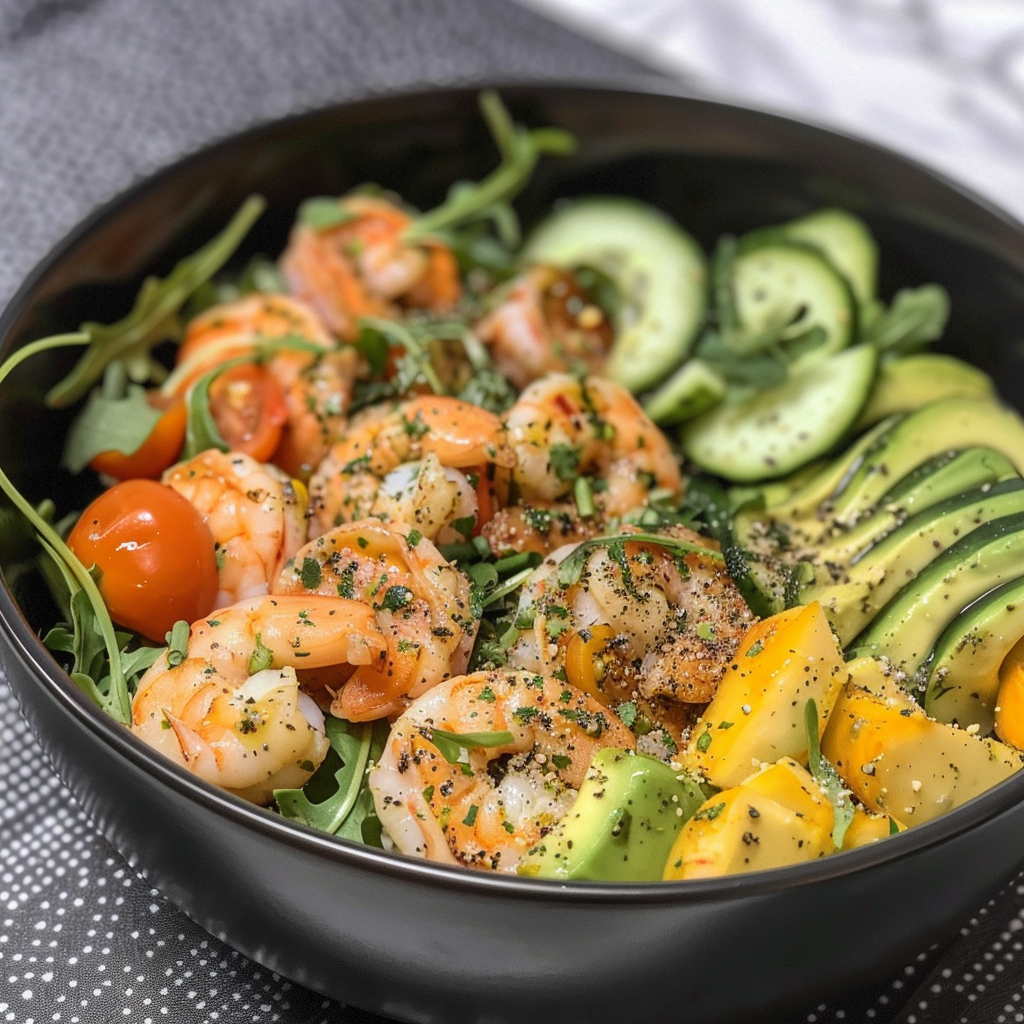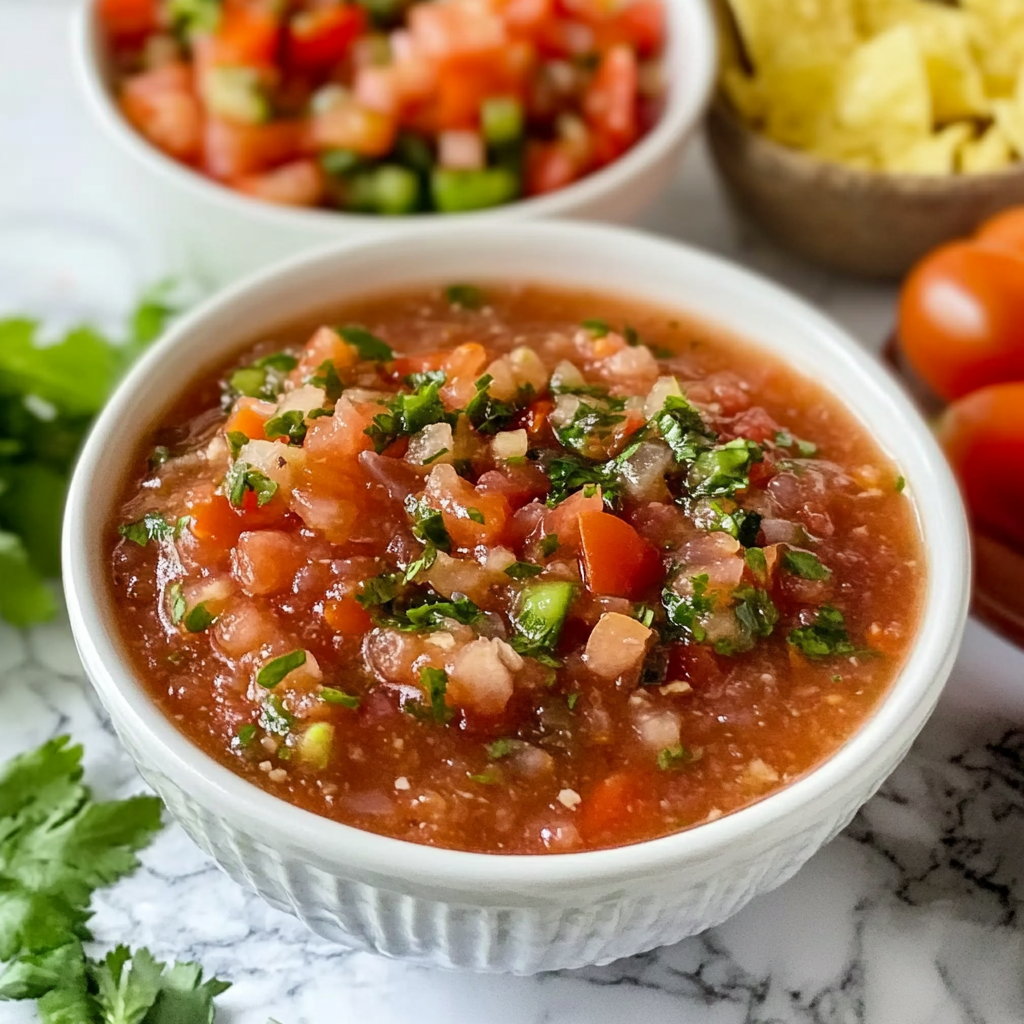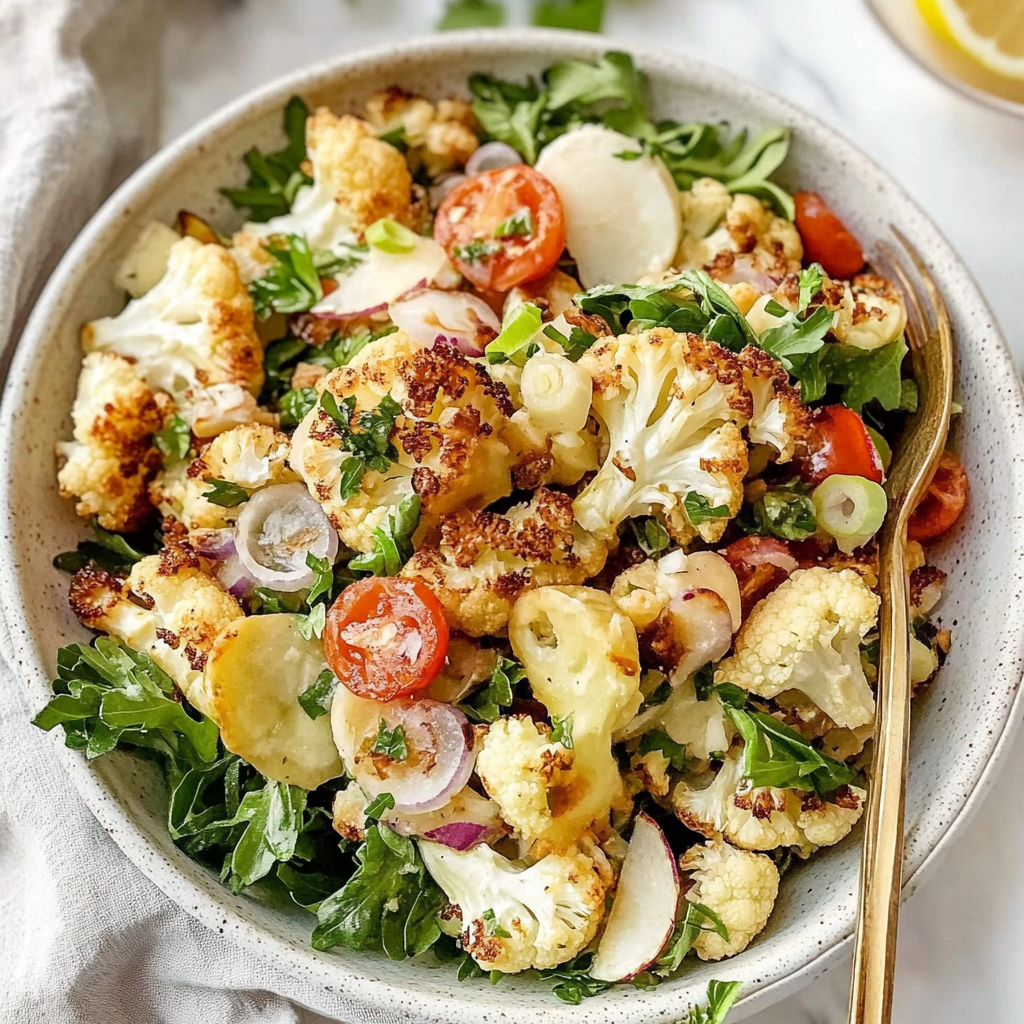Sharing is caring!
Crunchy Peanut Slaw
Why You’ll Love Crunchy Peanut Slaw?
If you’re craving a vibrant, flavor-packed salad that’s both quick to prepare and irresistibly fresh, this crunchy peanut slaw is a must-try. Inspired by Asian flavors, it combines crisp vegetables, a tangy-sweet dressing, and the satisfying crunch of peanuts for a dish that’s perfect for picnics, potlucks, or a light weeknight meal. The balance of textures and bold tastes makes it a crowd-pleaser—whether you’re serving it alongside salmon tacos or enjoying it solo. Plus, it’s customizable, so you can tweak the spice level or add extra protein to suit your taste!
Table of Contents
Ingredients to make crunchy peanut slaw
- 4 cups shredded cabbage (green, red, or a mix)
- 1 cup shredded carrots
- 1/2 cup chopped green onions
- 1/2 cup chopped cilantro (optional for freshness)
- 1/3 cup roasted peanuts (crushed or whole)
- 1/4 cup chopped mint (for extra brightness)
For the Dressing:
- 3 tbsp peanut butter (creamy or crunchy)
- 2 tbsp soy sauce (or tamari for gluten-free)
- 1 tbsp rice vinegar
- 1 tbsp honey (or maple syrup for vegan)
- 1 tbsp lime juice
- 1 tsp sesame oil
- 1 clove garlic, minced
- 1/2 tsp red pepper flakes (adjust for spice preference)
- 2-3 tbsp water (to thin dressing if needed)
Optional Add-ins:
- Thinly sliced bell peppers
- Shredded chicken or tofu for protein
- Sesame seeds for extra crunch
Time needed to make crunchy peanut slaw?
This vibrant crunchy peanut slaw comes together in just 20 minutes—perfect for busy weeknights or last-minute gatherings. Here’s the breakdown:
- Prep Time: 15 minutes (chopping veggies, whisking dressing)
- Chill Time: 5 minutes (optional, for enhanced flavors)
- Total Time: 20 minutes
For a quicker alternative, use pre-shredded coleslaw mix and learn how to pair it with speedy proteins like tilapia for a full meal.
Quick Steps to Make Crunchy Peanut Slaw?
Step 1: Prep the Vegetables
Start by thinly slicing the cabbage, carrots, and bell peppers. For extra crunch, julienne them finely. Toss them into a large mixing bowl.
Step 2: Make the Dressing
Whisk together peanut butter, lime juice, soy sauce, honey, and a splash of sesame oil in a small bowl. Adjust sweetness or tanginess to taste.
Step 3: Combine & Toss
Pour the dressing over the sliced vegetables. Add chopped cilantro, green onions, and roasted peanuts. Toss everything until evenly coated.
Step 4: Chill & Serve
Let the slaw sit in the fridge for 15 minutes to meld flavors. Garnish with extra peanuts and a sprinkle of red pepper flakes before serving.
Is crunchy peanut slaw healthy and nutritious ?
Crunchy peanut slaw is not only delicious but also packed with nutrients. The fresh cabbage and carrots provide fiber, vitamins A and C, while peanuts add protein and healthy fats. A single serving contains approximately 180 calories, 12g of healthy fats, 6g of protein, and 4g of fiber. For a lighter version, check out our air-fryer sea bass recipe, which pairs perfectly with this slaw.
If you’re looking for more nutrient-dense side dishes, consider this classic braised beef short ribs recipe, which complements the slaw’s crunch. For a vegan alternative, try this spicy split pea soup, which shares similar health benefits. If you want to explore more balanced meals, our baked salmon recipe is another excellent choice.
Can I make crunchy peanut slaw healthier and still delicious?
Absolutely! You can easily tweak this crunchy peanut slaw to make it lighter without sacrificing flavor. Here are some smart swaps and tips:
Lighter Dressing Options
Swap traditional mayonnaise with Greek yogurt or a mix of yogurt and a bit of avocado for creaminess. This reduces calories while adding protein. For an even lighter option, try a rice vinegar and lime juice base with just a touch of peanut butter for flavor.
Lower-Sugar Alternatives
Instead of regular sugar or honey, use a natural sweetener like stevia or monk fruit. You can also enhance sweetness with grated apple or a splash of pineapple juice, which pairs wonderfully with the peanut flavor.
Boost the Veggies
Add more fiber and nutrients by tossing in shredded kale, jicama, or spiralized zucchini. These additions keep the crunch while increasing the nutritional value. For extra protein, sprinkle in edamame or chickpeas—perfect if you’re serving this as a main dish.
Looking for more healthy salad ideas? Try our air-fryer sea bass for a protein-packed meal or explore fish tacos for a lighter twist on a classic.
For more inspiration on nutritious meals, check out this vegan split pea soup or slow-cooker short ribs for hearty yet balanced options.
How to Serve Crunchy Peanut Slaw?
This vibrant crunchy peanut slaw pairs perfectly with grilled proteins like golden-seared salmon or broiled tilapia for a balanced meal. For a plant-based twist, serve it alongside spicy split pea soup or stuffed into savory tartlets.
Garnish with extra crushed peanuts, cilantro, or a drizzle of sriracha for added texture and heat. It’s also fantastic as a standalone lunch or picnic dish—just pack it chilled!
Avoid These Mistakes
Making crunchy peanut slaw is simple, but a few missteps can affect texture and flavor. Here’s what to watch out for:
Overdressing the Slaw
Too much dressing makes the slaw soggy. Toss lightly and add more as needed. For a balanced approach, check out our guide to perfect dressings.
Using Stale Peanuts
Stale or rancid peanuts ruin the crunch. Always use fresh, roasted peanuts. Learn more about storing nuts properly.
Skipping the Rest Time
Letting the slaw sit for 10-15 minutes before serving enhances flavors. Rushing this step? You’ll miss out. For time-saving tips, see our quick-prep recipes.
Chopping Veggies Too Thick
Thick slices make the slaw harder to eat. Aim for thin, uniform cuts. Need knife skills? This chopping tutorial helps.
The best way to store leftover crunchy peanut slaw
To keep your crunchy peanut slaw fresh, transfer it to an airtight container and refrigerate immediately. It stays crisp for up to 3 days—just give it a quick toss before serving. For longer storage, skip the dressing until ready to eat. If you love meal prepping, pair it with a golden-seared salmon or air-fryer sea bass for a complete make-ahead meal. Avoid freezing, as the veggies lose their crunch. Need more storage hacks? Check out these pro tips or soup storage tricks for inspiration.
Ready to give crunchy peanut slaw a try?
This vibrant, Asian-inspired salad is a game-changer for quick meals, packed with fresh flavors and satisfying crunch. Whether you’re meal-prepping or hosting a summer gathering, it’s a foolproof crowd-pleaser. For more easy seafood pairings, check out our golden seared salmon or zesty fish tacos. Craving lighter sides? Try our air-fryer sea bass or Parmesan flounder. Let us know how your slaw turns out!
Frequently Asked Questions
Can I make crunchy peanut slaw ahead of time?
Yes! Crunchy peanut slaw actually tastes better when made a few hours ahead, as the flavors meld together. Just store it covered in the fridge.
What can I substitute for peanuts in this slaw?
If you have a peanut allergy, try using toasted almonds, cashews, or sunflower seeds for a similar crunch without the peanuts.
How long does crunchy peanut slaw last in the refrigerator?
Properly stored in an airtight container, your slaw will stay fresh for 3-4 days. The cabbage may soften slightly but remains delicious.
Can I use bagged coleslaw mix instead of fresh cabbage?
Absolutely! A pre-shredded coleslaw mix works perfectly and saves time. Just be sure to pat it dry if it seems watery.
Is crunchy peanut slaw gluten-free?
Yes, this recipe is naturally gluten-free. Just double-check your soy sauce (use tamari if needed) and any other packaged ingredients.

